What treatment
10+ Highly Rated Stem Cell Therapy for Joints Clinics in Malaysia
Reach Out to These Certified Stem Cell Therapy for Joints Clinics List in Malaysia Loved by Patients!
Dr. Ebenezer Abel Paul - Stem Cells in Malaysia
Overview
Explore Stem Cells in Malaysia with Dr. Ebenezer Abel Paul, offering cutting-edge regenerative therapies and advanced stem cell treatments.
Read more details
FirstCell Malaysia
Overview
FirstCell specialize on cell-based medicine and treatments especially via MSC and NKC to enhance wellness and for targeted treatment modules. We are committed in delivering excellent treatment.
Read more details
Live Stem Cell Asia - Premier Stem Cell Clinic in Malaysia
Overview
Discover advanced stem cell Malaysia treatments at Live Stem Cell Asia, Petaling Jaya. Experience personalized care and innovative regenerative solutions.
Read more details
Klinik Setia Gemilang
Overview
Klinik Setia Gemilang: Leading in stem cell therapy, orthopedic treatments, and anti -ageing solutions Malaysia . It is part of Setia Gemilang Medicare which houses a clinic and dentist
Read more detailsDiscover your treatment options with a free, no-obligation quote!
Get your quote now!Merkel Clinic
Overview
Merkel Clinic is a leading stem cell therapy center, specializing in innovative treatments for various medical conditions using cutting-edge regenerative medicine techniques.
Read more detailsVanfo Hino Clinic
Overview
Vanfo Hino Clinic in Johor, Malaysia, specializes in advanced regenerative therapies like stem cell treatments, CAR-T therapy, and anti-aging solutions, with expertise in personalized healthcare.
Read more detailsZELL-V Wellness Hub - Regenerative Medicine Malaysia
Overview
ZELL-V Wellness Hub in Kuala Lumpur offers advanced regenerative medicine, cellular therapy, and wellness programs for longevity and vitality.
Read more detailsHELENE - Stem Cell Clinic
Overview
Japan Regenerative Medicine Leading Brand With over a decade of experience and more than 16,000 treated patients. Providing cutting-edge stem cell therapies tailored to various health concerns.
Read more details
Discover your treatment options with a free, no-obligation quote!
Get your quote now!Vega Stem Cell Clinic in Bangkok Thailand
Overview
Vega Clinic in Bangkok, Thailand, helps people feel better with special treatments. They use new ways to heal and make sure each person gets care made just for them.
Read more details
GIOSTAR Hospital Bengaluru
Overview
Discover GIOSTAR Hospital in Bengaluru, India—your go-to center for advanced stem cell therapies and cutting-edge procedures for orthopaedics. Explore treatments for diabetes, stroke, SCI, and more.
Read more details
Cell Grand Clinic – Japan’s Best Stem Cell Clinic
Overview
Explore Cell Grand Clinic, the best stem cell clinic in Japan specializing in top regenerative therapies for anti-aging, chronic conditions, and wellness.
Read more details
Dr. Pravin Patel's Innovative Hospital & Research Center
Overview
Dr. Pravin Patel's Innovative Hospital provides best stem cell treatment in Gujarat, India. Also offers Ozone therapy, Quantum therapy , EBOO therapy, Frequency & Laser Therapy at affordable cost.
Read more details
StemRx Hospital and Research Centre
Overview
At StemRx Hospital & Research Centre, We specialize in advanced Regenerative Medicine & Stem Cell therapy for Autism, Cerebral Palsy, Orthopedics, Migraine, AVN & IVF providing personalized care.
Read more details
Beike Biotech
Overview
Beike Biotechnology offers the best stem cell therapy in Thailand, combining top-quality regenerative treatment with cutting-edge technology for optimal patient care.
Read more detailsBoston Health Longevity - Anti Aging Stem Cell Therapy in Thailand
Overview
Experience advanced Anti Aging Stem Cell Therapy in Thailand at Boston Health Longevity. Improve cellular health, vitality, and longevity with expert care.
Read more detailsChaum Medical Center
Overview
Premium healthcare at Chaum Medical Center, Seoul. Personalized anti-aging, stem cell therapy, and advanced medical services for a youthful life.
Read more detailsHebei Yanda International Hospital
Overview
Hebei Yanda International Hospital in Beijing, China, addresses your healthcare needs with expert oncology, cardiology, and neurology treatments.
Read more detailsKwang Dong Hospital
Overview
Premium hospital in Seoul combining Western and Korean medicine, offering advanced diagnostics, PRP, stem cell, and wellness treatments.
Read more detailsMousai Wellness Center - Stem Cell Bangkok Thailand
Overview
Discover advanced Stem Cell treatments in Bangkok, Thailand at Mousai Wellness Center. Safe, innovative, and personalized care for lasting wellness.
Read more detailsNulook Anti-Aging & Regenerative Center
Overview
Nulook Anti-Aging & Regenerative Center in Bali, Indonesia offers Botox, Ultherapy, Dermal Fillers, Thermage, PRP, Pico Laser and more.
Read more detailsWhich are the best Stem Cell Therapy for Joints clinics in Malaysia?
For top-rated stem cell therapy for joints in Malaysia, consider clinics like FirstCell Malaysia and Klinik Setia Gemilang, both recognized for strong patient recommendations and comprehensive regenerative treatments in Kuala Lumpur and Shah Alam, respectively. Other notable options include Live Stem Cell Asia in Petaling Jaya, Merkel Clinic, and Vanfo Hino Clinic, offering diverse and advanced therapeutic approaches.
When seeking the "best" clinic, it's really about finding one that aligns with your specific needs and priorities. Based on available patient feedback and prominence in the region, several clinics stand out for their expertise in Stem Cell Therapy for Joints in Malaysia. Here are a few highly-regarded options:
- FirstCell Malaysia (Kuala Lumpur): This clinic is highly recommended by patients, specializing in cell-based medicine using Mesenchymal Stem Cells (MSC) and Natural Killer Cells (NKC) for overall wellness and targeted joint treatments. Their positive patient testimonials underscore their commitment to excellent care.
- Klinik Setia Gemilang (Shah Alam): Known for its integrated approach, this clinic offers advanced stem cell therapy as part of broader orthopedic and anti-aging solutions. It has a strong reputation with a high percentage of patient recommendations, indicating a reliable and patient-focused environment.
- Dr. Ebenezer Abel Paul - Stem Cells in Malaysia (Kuala Lumpur): This center is recognized for its cutting-edge regenerative therapies and advanced stem cell treatments, focusing on innovative solutions for joint health.
- Live Stem Cell Asia (Petaling Jaya): A premier clinic offering advanced stem cell treatments, Live Stem Cell Asia provides personalized care and innovative regenerative solutions, including those for joint conditions.
- Merkel Clinic (Kuala Lumpur): Specializing in regenerative medicine, Merkel Clinic offers innovative stem cell treatments for various musculoskeletal conditions, including osteoarthritis.
- Vanfo Hino Clinic (Kota Iskandar, Johor Bahru): This clinic provides advanced regenerative therapies such as stem cell treatments, emphasizing personalized healthcare for joint and anti-aging needs.
To make an informed decision, always consider factors like a clinic's accreditation, the medical team's experience, the specific types of stem cell therapies offered, and patient reviews beyond just the initial listing.
What is Stem Cell Therapy for Joints?
Stem cell therapy for joints is a regenerative medical treatment that uses your body's own stem cells or donated cells to repair damaged tissues, reduce inflammation, and alleviate pain in affected joints like knees, hips, or shoulders. It promotes natural healing and can be an alternative to surgery for conditions such as osteoarthritis or ligament tears.
Stem cell therapy for joints is a cutting-edge medical procedure focused on leveraging the body's natural healing capabilities. It involves introducing specialized cells—stem cells—into damaged or degenerated joint areas. These cells have a unique ability to differentiate into various cell types, including cartilage, bone, and soft tissue, and they also release growth factors that stimulate tissue repair and reduce inflammation.
This therapy typically works in a few key ways:
- Tissue Regeneration: Stem cells can help rebuild damaged cartilage, ligaments, and tendons, which are crucial for joint function.
- Anti-inflammatory Effects: They secrete potent anti-inflammatory molecules, which can significantly reduce joint pain and swelling.
- Immunomodulation: Stem cells can regulate the immune response, preventing further damage to joint tissues.
- Pain Reduction: By addressing the root causes of joint deterioration and inflammation, the therapy aims to provide lasting pain relief and improve mobility.
The procedure is minimally invasive, usually involving injections, and aims to restore joint health and function, often delaying or eliminating the need for more invasive surgical interventions like total joint replacement.
Who is an ideal candidate for joint stem cell treatment?
Ideal candidates for joint stem cell therapy are typically individuals experiencing chronic joint pain or stiffness due to mild to moderate osteoarthritis, ligament injuries, meniscus tears, or tendonitis, who haven't found sufficient relief from conservative treatments. They should generally be in good overall health and have realistic expectations about the therapy's outcomes.
Identifying an ideal candidate for joint stem cell therapy is crucial for maximizing the treatment's potential benefits. While this therapy is promising, it's not suitable for everyone. Generally, the best candidates are those with:
- Early to Moderate Joint Degeneration: Patients with mild to moderate osteoarthritis, rather than severe, end-stage degeneration, often see the best results as there is still viable tissue to regenerate.
- Chronic Pain and Functional Limitation: Individuals experiencing persistent joint pain, stiffness, or reduced mobility that impacts their daily life.
- Failure of Conservative Treatments: Those who have tried traditional non-surgical methods like physical therapy, medication, or steroid injections without significant or lasting improvement.
- Specific Joint Injuries: Patients with non-surgical ligament tears (e.g., ACL, MCL), meniscus injuries, tendonitis (e.g., rotator cuff, Achilles), or other soft tissue damage.
- Good General Health: Patients should be free from active infections, certain cancers, or severe systemic diseases that could interfere with healing or compromise the safety of the procedure.
- Realistic Expectations: Understanding that stem cell therapy aims to promote healing and reduce pain, but outcomes can vary, and it might not offer a complete cure for all conditions.
A thorough evaluation by a regenerative medicine specialist at a Malaysian clinic is essential to determine if you are a suitable candidate, including reviewing your medical history, imaging studies, and current joint function.
What should I consider when choosing a Stem Cell Therapy clinic for joints in Malaysia?
When selecting a stem cell therapy clinic in Malaysia for your joints, prioritize accreditation and licensing, physician experience in regenerative medicine, and the specific types of stem cells utilized (e.g., umbilical cord, adipose-derived). Also, consider patient testimonials, clinic facilities, and the clarity of their treatment protocols to ensure safety and effectiveness.
Choosing the right clinic for stem cell therapy for your joints in Malaysia involves careful consideration of several key factors to ensure safety, efficacy, and a positive patient experience.
Here’s what you should focus on:
- Accreditation and Licensing: Verify that the clinic is properly licensed by Malaysian health authorities and adheres to international medical standards. This ensures a regulated and safe environment.
- Specialist Expertise: Look for clinics with medical professionals specialized in regenerative medicine, orthopedics, or sports medicine with extensive experience in stem cell applications for joints. Inquire about their training and number of procedures performed.
- Types of Stem Cells Used: Understand whether the clinic uses autologous (from your own body, like adipose-derived or bone marrow) or allogeneic (from a donor, like umbilical cord tissue) stem cells, and why they recommend a particular type for your condition.
- Treatment Protocols: A reputable clinic will have clear, evidence-based protocols for cell processing, preparation, and administration. Ask about their lab facilities and quality control measures.
- Patient Safety Measures: Inquire about infection control, emergency preparedness, and how they monitor patients during and after the procedure.
- Transparency and Communication: The clinic should provide clear information about the expected outcomes, potential risks, and post-treatment care plans. They should also be open to answering all your questions.
- Facility Standards: Ensure the clinic maintains high standards of hygiene, modern equipment, and a comfortable environment conducive to healing.
Researching these points thoroughly will help you select a trustworthy and effective clinic for your joint health needs.
What types of joint conditions can be treated with stem cell therapy?
Stem cell therapy can address various joint conditions, primarily chronic pain and degenerative issues. These include osteoarthritis in knees, hips, shoulders, and ankles, as well as tendon injuries like rotator cuff tears, Achilles tendonitis, and patellar tendonitis. It's also effective for ligament sprains and meniscus tears, promoting repair and reducing inflammation.
Stem cell therapy offers a broad spectrum of treatment possibilities for various joint-related conditions, primarily focusing on repair, regeneration, and inflammation reduction. Some of the common joint conditions that can benefit from stem cell therapy include:
- Osteoarthritis (OA): This is one of the most common applications, particularly for knees, hips, shoulders, and ankles. Stem cells help regenerate damaged cartilage and reduce the chronic inflammation associated with OA, alleviating pain and improving joint function.
- Tendon Injuries: Chronic tendonitis (e.g., Achilles tendonitis, patellar tendonitis, golfer's/tennis elbow) and partial tears of tendons (like rotator cuff tears in the shoulder) can respond well. Stem cells aid in repairing the collagen fibers and reducing inflammation.
- Ligament Injuries: Sprains or partial tears of ligaments (e.g., anterior cruciate ligament (ACL) in the knee, collateral ligaments) can be treated. The therapy helps stabilize the joint by promoting ligamentous tissue healing.
- Meniscus Tears: Non-surgical meniscus tears in the knee, especially degenerative types, can be addressed. Stem cells can assist in the healing and regeneration of meniscus tissue, potentially avoiding surgery.
- Rheumatoid Arthritis (RA) and other Autoimmune Joint Conditions: While RA is a systemic autoimmune disease, stem cell therapy can help modulate the immune response and reduce inflammation within affected joints, improving symptoms and slowing progression.
- Other Chronic Joint Pain: For persistent joint pain where conventional treatments have failed, and underlying degeneration or injury is present, stem cell therapy can be considered as a regenerative option.
It's important to consult with a specialist at a Malaysian stem cell clinic to determine if your specific joint condition is suitable for this treatment.
How long is the recovery process after joint stem cell therapy?
The recovery period after joint stem cell therapy typically involves minimal downtime, with most patients resuming light activities within a few days. Full healing and noticeable improvements can take several weeks to months, as stem cells work gradually to regenerate tissue. A personalized rehabilitation plan from your Malaysian clinic is crucial for optimal results.
One of the appealing aspects of stem cell therapy for joints is its generally shorter and less intensive recovery period compared to traditional surgery. However, "recovery" encompasses different stages, from initial post-procedure comfort to long-term tissue regeneration.
Here’s a general outline of the recovery process:
- Immediate Post-Procedure (First Few Days): You might experience mild soreness, swelling, or bruising at the injection site. Most patients can walk and perform light daily activities within 24-48 hours. Strenuous activities are typically advised against.
- Short-Term Recovery (1-4 Weeks): During this phase, the initial discomfort subsides. Your Malaysian clinic will likely recommend a gradual increase in activity, often incorporating gentle physical therapy to restore range of motion and strengthen surrounding muscles. The goal is to support the healing environment without overstressing the treated joint.
- Mid-Term Improvement (1-3 Months): As the stem cells begin their regenerative work, you may start noticing significant reductions in pain and improvements in joint function. Continued adherence to your physical therapy regimen is crucial for solidifying these gains.
- Long-Term Healing and Optimal Results (3-12 Months): Full tissue regeneration and the most comprehensive benefits often become evident over several months. Stem cells continue to mature and integrate with existing tissues, leading to sustained pain relief and enhanced mobility. Regular follow-up appointments with your clinic will monitor progress and adjust rehabilitation as needed.
Individual recovery times can vary based on the severity of the initial condition, the type of stem cells used, your body’s natural healing response, and adherence to post-treatment instructions.
Are there any risks associated with stem cell therapy for joints?
While generally considered safe, stem cell therapy for joints carries some potential risks, mainly minor side effects like pain, swelling, or infection at the injection site. More serious complications are rare but could include allergic reactions or improper cell differentiation. Choosing an accredited Malaysian clinic with stringent protocols minimizes these concerns.
Like any medical procedure, stem cell therapy for joints, while generally safe, isn't entirely risk-free. It's important for patients to be aware of potential side effects and complications, and a reputable Malaysian clinic will discuss these thoroughly during your consultation.
Common, typically minor risks include:
- Injection Site Discomfort: Pain, swelling, bruising, or tenderness at the area where the stem cells are injected into the joint or where they were harvested (if autologous).
- Infection: As with any injection, there's a small risk of infection, which clinics mitigate through sterile techniques.
- Allergic Reaction: Though rare, an allergic reaction to local anesthetics or other components used during the procedure can occur.
- Nerve Damage: A very rare complication where a nerve could be irritated or damaged during the injection process.
More serious, but extremely rare, theoretical risks can include:
- Unintended Cell Growth/Differentiation: Concerns about stem cells developing into inappropriate cell types or forming tumors are largely theoretical in adult stem cell applications and have not been widely observed in clinical practice with properly handled cells.
- Transmission of Disease: A risk primarily with allogeneic (donor) cells if screening protocols are not rigorous, though accredited clinics follow strict guidelines to prevent this.
- Lack of Efficacy: The therapy might not provide the desired level of improvement or pain relief for all patients.
Choosing an experienced and accredited clinic in Malaysia that adheres to strict safety guidelines, uses high-quality cell processing, and provides thorough patient screening is paramount to minimizing these risks.
What are the benefits of choosing a Malaysian clinic for stem cell joint therapy?
Malaysian clinics offer high-quality stem cell therapy for joints with internationally accredited facilities, often at more accessible prices than Western countries. Patients benefit from experienced medical professionals, advanced technology, a supportive healthcare environment, and the opportunity for medical tourism in a beautiful, culturally rich nation with excellent hospitality.
Malaysia has emerged as a compelling destination for medical tourism, including specialized treatments like stem cell therapy for joints. There are several distinct advantages to choosing a Malaysian clinic:
- International Standards of Care: Many Malaysian clinics and hospitals are internationally accredited, adhering to rigorous safety and quality standards, ensuring you receive world-class medical attention.
- Highly Qualified Specialists: The country boasts a growing number of highly trained and experienced regenerative medicine specialists and orthopedic surgeons who are skilled in advanced stem cell applications.
- Advanced Technology and Facilities: Clinics are often equipped with modern diagnostic tools and state-of-the-art laboratories for cell processing and preparation, ensuring precision and effectiveness in treatment.
- Cost-Effectiveness: Patients frequently find that the cost of stem cell therapy in Malaysia is significantly more affordable than in many Western countries, without compromising on the quality of care.
- Excellent Patient Experience: Malaysian healthcare providers are known for their warm hospitality, patient-centric approach, and English-speaking staff, which helps international patients feel comfortable and well-informed throughout their treatment journey.
- Accessibility and Travel Convenience: Malaysia is easily accessible with good air connections, and many clinics offer comprehensive packages that include travel assistance, accommodation, and local transportation.
- Medical Tourism Destination: Beyond treatment, Malaysia offers a vibrant cultural experience and beautiful natural landscapes, allowing for a relaxing recovery period that can contribute positively to overall well-being.
These combined factors make Malaysia an attractive option for individuals seeking effective and affordable stem cell therapy for joint conditions.
How do I prepare for stem cell therapy for my joints?
Preparation for joint stem cell therapy involves several key steps: a thorough medical evaluation by your Malaysian clinic, including blood tests and imaging. You'll likely need to stop certain medications like blood thinners or NSAIDs, avoid alcohol and smoking, and maintain good hydration. Following your clinic's specific pre-procedure instructions ensures safety and optimizes outcomes.
Proper preparation is key to ensuring the safety and effectiveness of your stem cell therapy for joints. Your chosen Malaysian clinic will provide detailed instructions, but generally, here's what you can expect:
- Comprehensive Medical Evaluation: This is the first step, involving a review of your medical history, physical examination, and diagnostic imaging (like X-rays, MRI, or ultrasound) to assess your joint condition thoroughly. Blood tests will also be conducted to check your general health and suitability for the procedure.
- Medication Review: You will likely be advised to stop taking certain medications days or weeks before the procedure. This often includes blood thinners (e.g., aspirin, ibuprofen, warfarin) which can increase bruising or bleeding risk, and sometimes non-steroidal anti-inflammatory drugs (NSAIDs) which can interfere with the stem cells' activity. Always follow your doctor's specific instructions.
- Avoid Alcohol and Smoking: These substances can impair your body’s healing capabilities. You'll generally be asked to refrain from alcohol for at least a week prior and smoking for as long as possible before and after the treatment.
- Hydration and Nutrition: Maintaining good hydration and a healthy diet can support your body's overall health and healing process.
- Arrange Transportation: While the procedure is minimally invasive, you might prefer to have someone drive you home, especially if sedation is used or if you experience discomfort.
- Ask Questions: Don't hesitate to clarify any concerns with your medical team at the Malaysian clinic regarding the procedure, preparation, or post-treatment care.
Adhering to these guidelines ensures you are in the best possible condition for your stem cell therapy.
What are the expected outcomes of stem cell therapy for joint pain?
Expected outcomes of stem cell therapy for joint pain include significant pain reduction, improved joint function and mobility, and potential regeneration of damaged tissues like cartilage. Many patients report enhanced quality of life, often reducing reliance on pain medication. Results are typically gradual, becoming noticeable over several weeks to months post-treatment from Malaysian clinics.
The primary goals of stem cell therapy for joint pain are to alleviate discomfort, restore function, and promote natural healing within the affected joint. While individual results can vary, patients undergoing treatment at Malaysian clinics can generally expect several positive outcomes:
- Reduced Pain: This is one of the most immediate and significant benefits reported by patients. As inflammation decreases and tissue repair begins, the chronic pain associated with conditions like osteoarthritis or injuries often lessens considerably.
- Improved Joint Function and Mobility: With reduced pain and regenerated tissue, patients typically experience an increased range of motion and greater ease in performing daily activities. Stiffness may also decrease.
- Tissue Regeneration: Stem cells actively work to repair and rebuild damaged cartilage, tendons, and ligaments. This regenerative process can slow down or even reverse some aspects of joint degeneration.
- Decreased Reliance on Medications: Many patients find they can reduce or eliminate their need for pain medications, including NSAIDs and opioids, leading to a better overall quality of life and fewer side effects from long-term drug use.
- Delay or Avoidance of Surgery: For suitable candidates, stem cell therapy can offer a non-surgical alternative, potentially delaying or preventing the need for more invasive procedures like joint replacement surgery.
- Enhanced Quality of Life: Overall, the combination of reduced pain, improved function, and less reliance on medication contributes to a significantly better quality of life, allowing patients to return to activities they enjoy.
It's important to remember that these outcomes are often gradual, with improvements building over weeks and months as the body's natural healing processes, supercharged by the stem cells, take effect.
How do Malaysian clinics ensure the quality and safety of stem cells?
Reputable Malaysian clinics uphold quality and safety in stem cell therapy by adhering to stringent national and international regulatory guidelines, operating accredited lab facilities, employing highly trained personnel for cell processing, and implementing strict screening protocols for both patients and donor cells. Continuous monitoring and ethical oversight are also standard practices.
Ensuring the quality and safety of stem cells used in therapy is paramount for any reputable clinic, and Malaysian facilities are no exception. They implement a multi-faceted approach to guarantee patient well-being and treatment efficacy:
- Regulatory Compliance: Malaysian clinics operate under national health regulations and often seek international accreditations (e.g., JCI, ISO) that mandate strict quality control and safety standards for regenerative medicine.
- Accredited Laboratories: Stem cell processing is performed in state-of-the-art, sterile, and often ISO-certified laboratories. These labs follow Good Manufacturing Practices (GMP) to ensure the purity, potency, and sterility of the stem cell products.
- Rigorous Donor Screening (for allogeneic cells): If donor (allogeneic) stem cells are used, donors undergo comprehensive health screenings, including blood tests for infectious diseases, to ensure the cells are free from contaminants.
- Patient-Specific Processing (for autologous cells): When using a patient's own (autologous) stem cells (e.g., from adipose tissue or bone marrow), the cells are processed and concentrated using closed-system techniques to minimize contamination risk.
- Qualified Personnel: Procedures are performed by highly trained medical doctors, laboratory technicians, and specialists in regenerative medicine who have expertise in cell harvesting, processing, and administration.
- Ethical Oversight: Clinics often have an ethical review board or follow guidelines that ensure the responsible and ethical use of stem cells, providing transparent information to patients.
- Post-Treatment Monitoring: Patients are monitored for any adverse reactions, and follow-up care tracks the long-term safety and effectiveness of the therapy.
These measures are critical for providing safe and effective stem cell treatments for joint conditions.
Can stem cell therapy completely heal degenerated joints?
While stem cell therapy can significantly improve joint conditions by promoting tissue repair and reducing pain, it may not always achieve complete healing or full regeneration of severely degenerated joints. The therapy aims to restore function and reduce symptoms, with outcomes varying based on the extent of damage and individual response.
The concept of "complete healing" for degenerated joints is complex, especially for chronic conditions like osteoarthritis. Stem cell therapy is a powerful regenerative tool, but its ability to completely restore a joint to its original, healthy state depends on several factors:
- Extent of Degeneration: For early to moderate degeneration, where there is still some healthy tissue, stem cells can be highly effective in promoting repair and even some regeneration of cartilage and other tissues. In cases of severe, end-stage degeneration, the goal often shifts to pain management, improving function, and slowing further deterioration, rather than complete healing.
- Body's Healing Capacity: Each individual's response to stem cell therapy varies. Factors like age, overall health, lifestyle, and adherence to post-treatment rehabilitation protocols all influence the degree of healing.
- Type of Tissue: Cartilage, for example, has limited self-repair capacity. Stem cells can stimulate new cartilage growth, but it might not be identical in structure or durability to the original, pristine cartilage.
- Mechanism of Action: Stem cells primarily work by modulating inflammation, releasing growth factors, and differentiating into new cells. This process can significantly reduce pain, improve joint stability, and enhance mobility, leading to a much better quality of life even if the joint isn't "perfectly" healed.
Malaysian clinics focus on setting realistic expectations, explaining that while substantial improvement and functional restoration are common, complete healing might be an ambitious outcome for extensively damaged joints. The aim is often to achieve a long-lasting, significant reduction in symptoms and improvement in joint health.
What is the post-treatment care and rehabilitation like after joint stem cell therapy?
Post-treatment care after joint stem cell therapy in Malaysian clinics typically involves a personalized rehabilitation plan including rest, gentle exercises, and physical therapy. You'll receive specific instructions on activity restrictions and pain management, with regular follow-up appointments to monitor progress and adjust your recovery regimen for optimal healing and lasting results.
Post-treatment care and rehabilitation are critical components for maximizing the success of stem cell therapy for joints. The regenerative process takes time, and proper support ensures the newly introduced cells have the best environment to promote healing.
Here’s what you can generally expect:
- Initial Rest Period: Immediately following the injection, a period of rest for the treated joint is usually recommended, typically a few days, to allow the cells to settle and begin their work without undue stress.
- Activity Restrictions: Your Malaysian clinic will provide specific guidelines on weight-bearing and activity levels. High-impact activities, heavy lifting, or strenuous exercises might be restricted for several weeks or months to protect the healing joint.
- Physical Therapy (Physiotherapy): A customized physical therapy program is almost always prescribed. This will gradually reintroduce movement, improve flexibility, strengthen supporting muscles, and restore proper biomechanics to the joint. Therapy sessions might start gently and progressively become more intensive.
- Pain Management: While stem cell therapy aims to reduce pain, some discomfort can occur during the initial recovery. Your clinic will advise on appropriate pain management strategies, which might include ice, heat, or mild pain relievers (avoiding NSAIDs unless explicitly cleared).
- Hydration and Nutrition: Maintaining a healthy lifestyle with adequate hydration and a nutrient-rich diet supports your body’s natural healing processes.
- Follow-Up Appointments: Regular check-ups with your medical team at the Malaysian clinic are crucial. These appointments allow them to monitor your progress, assess joint function, and make any necessary adjustments to your rehabilitation plan. Imaging studies might also be repeated to track tissue regeneration.
Adherence to these post-treatment guidelines is essential for achieving the best possible long-term outcomes from your joint stem cell therapy.












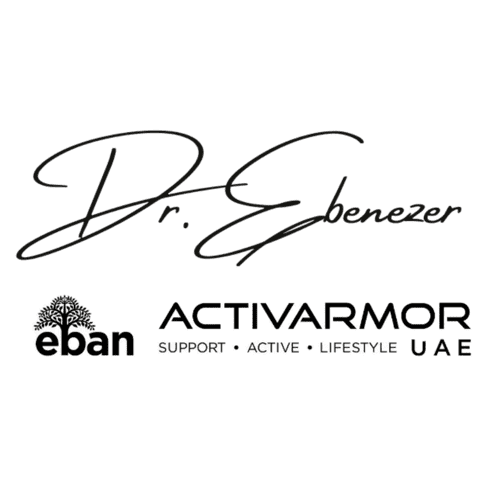
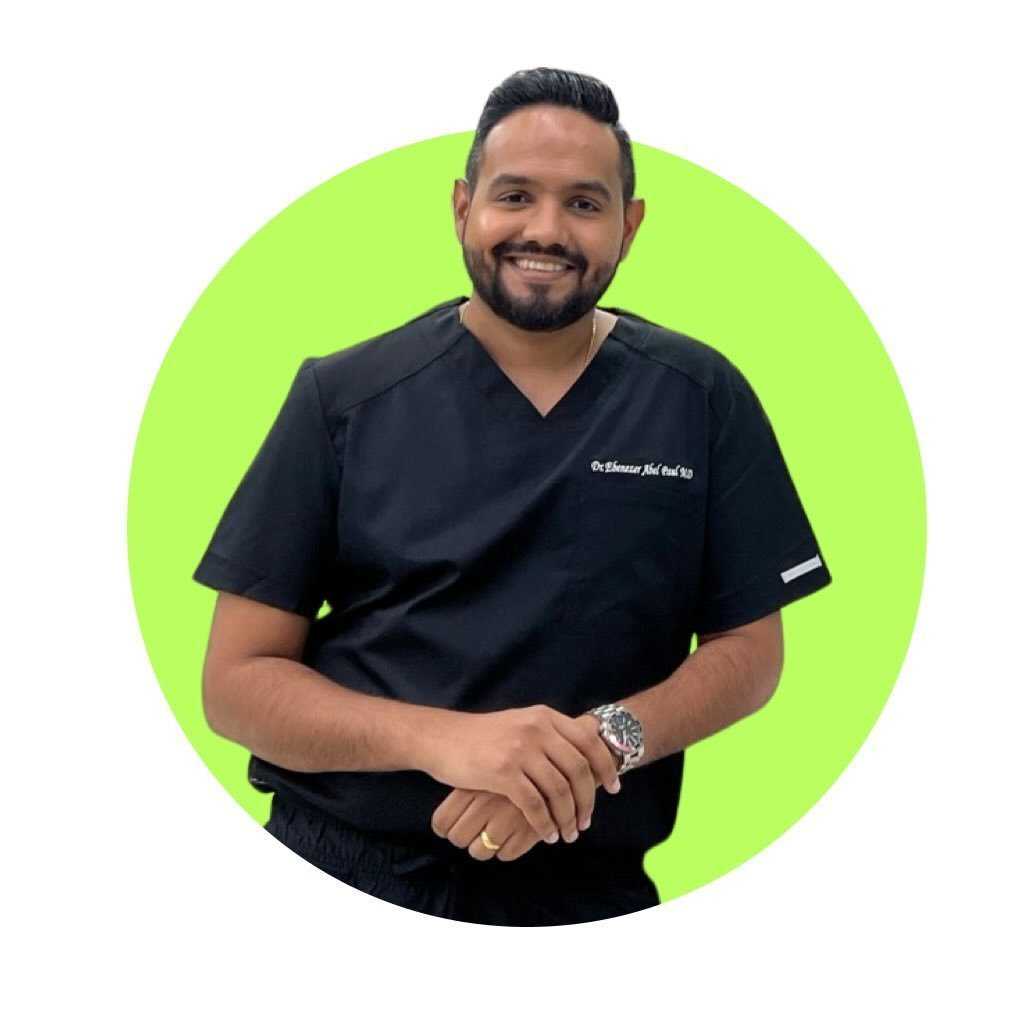
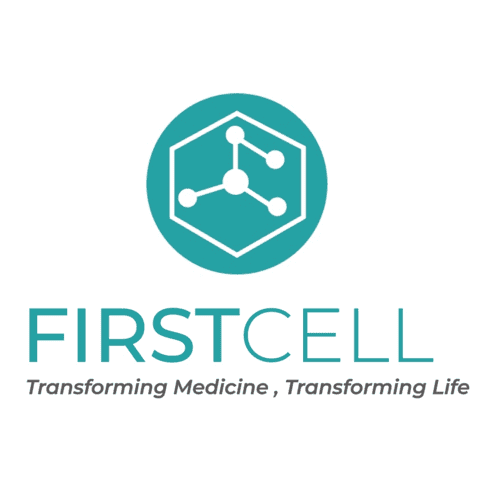
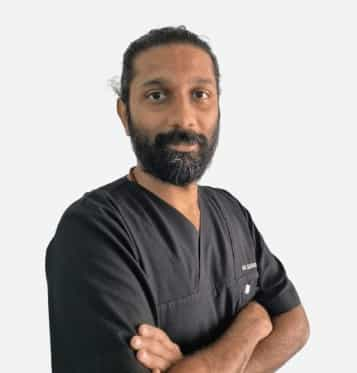
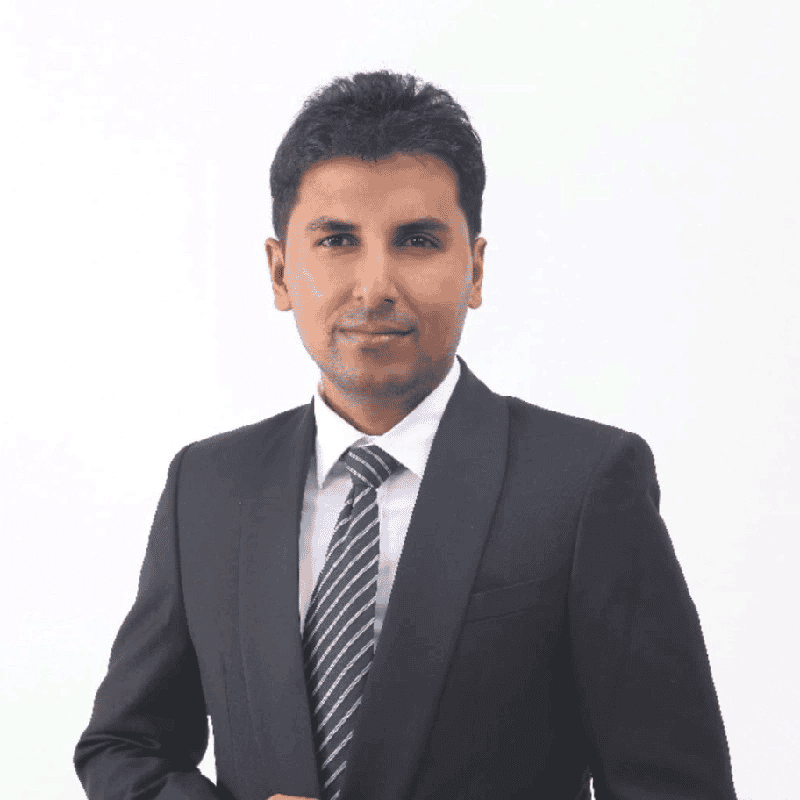
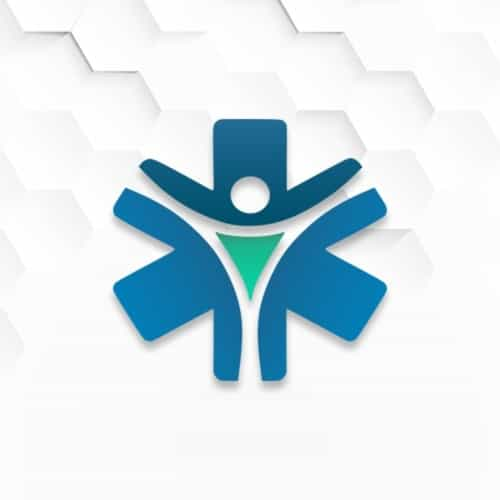


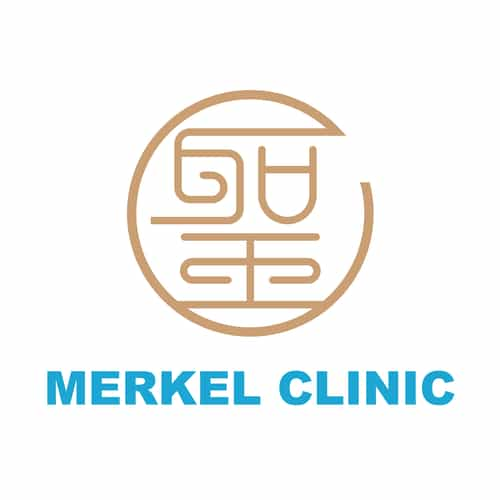


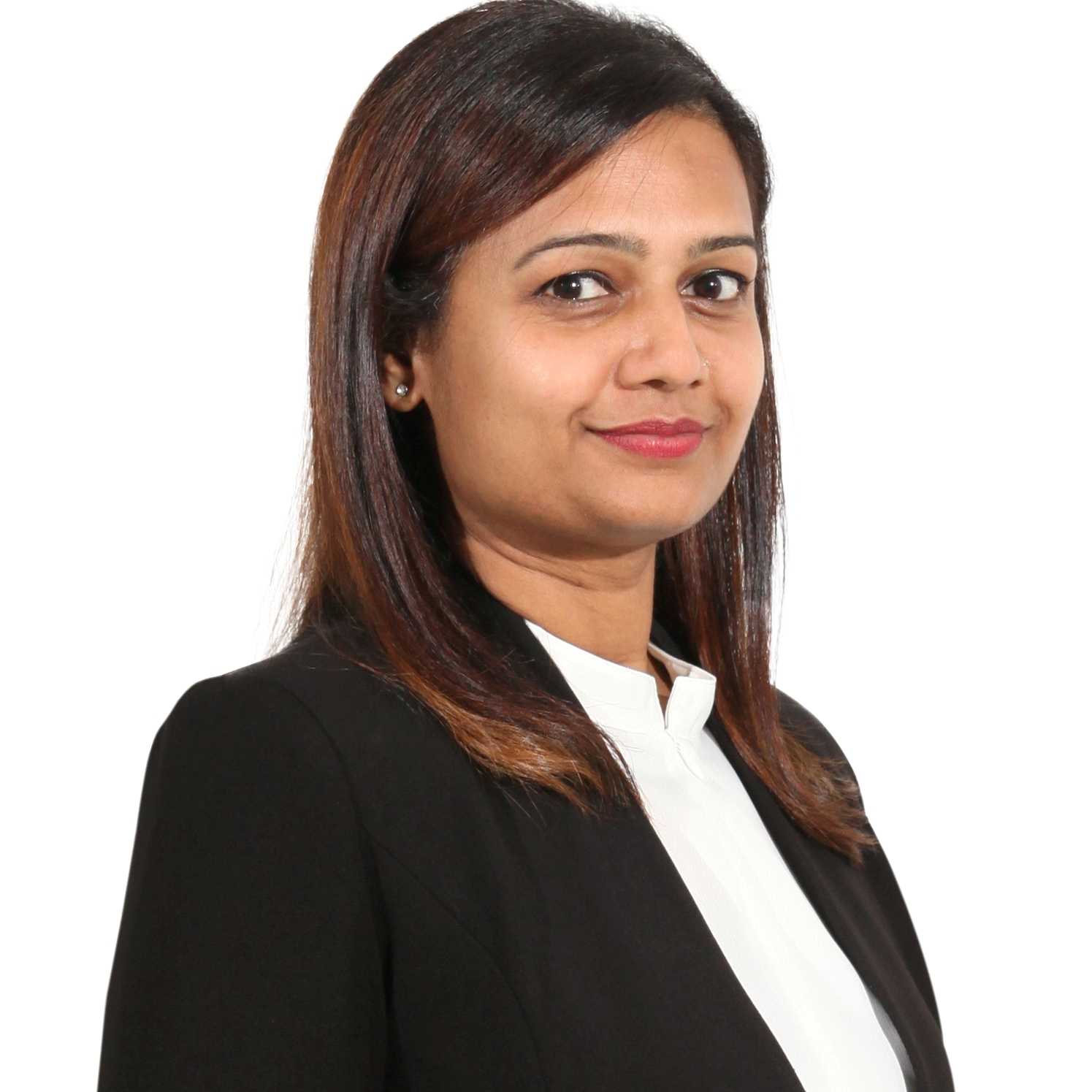
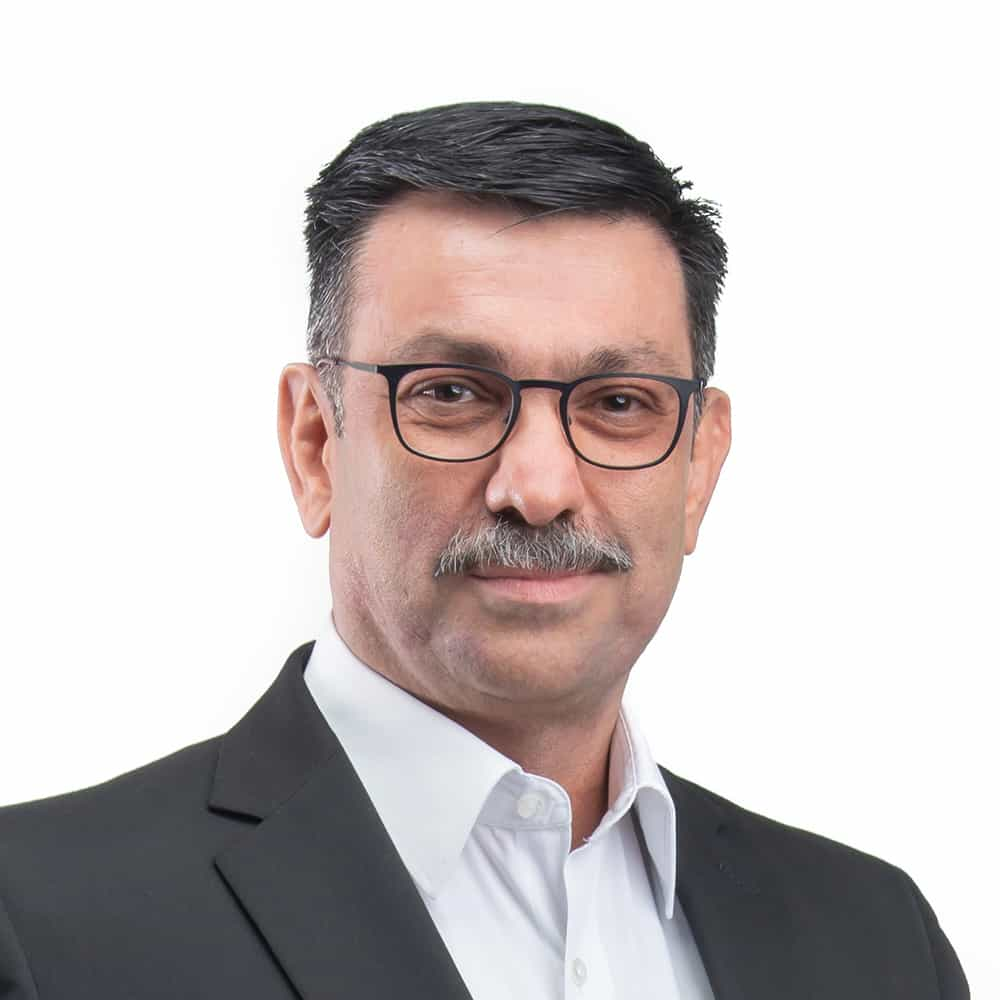
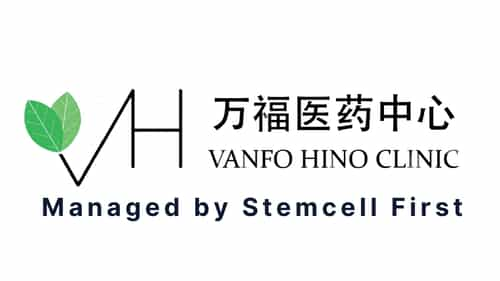


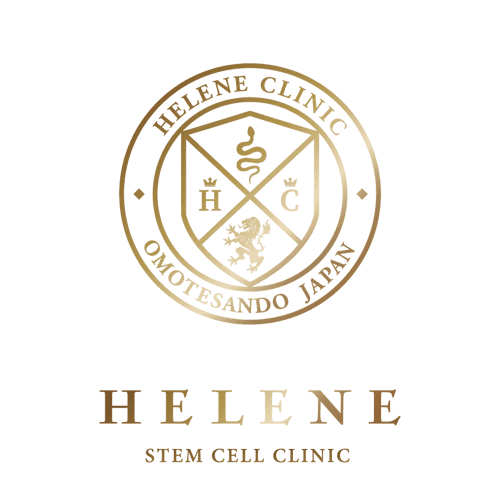

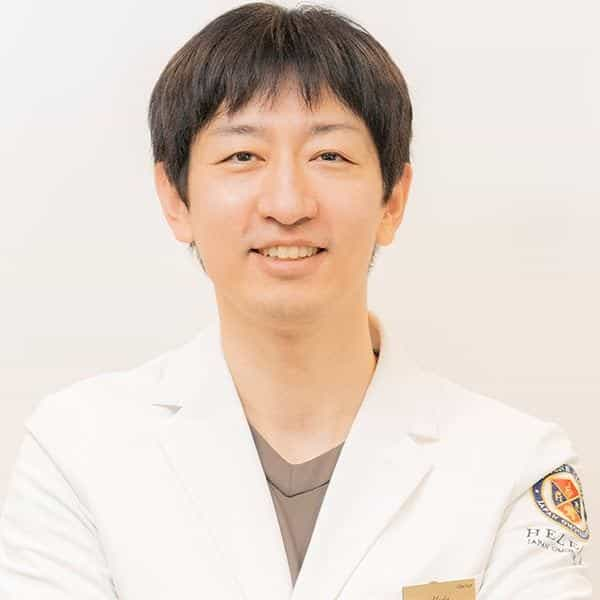
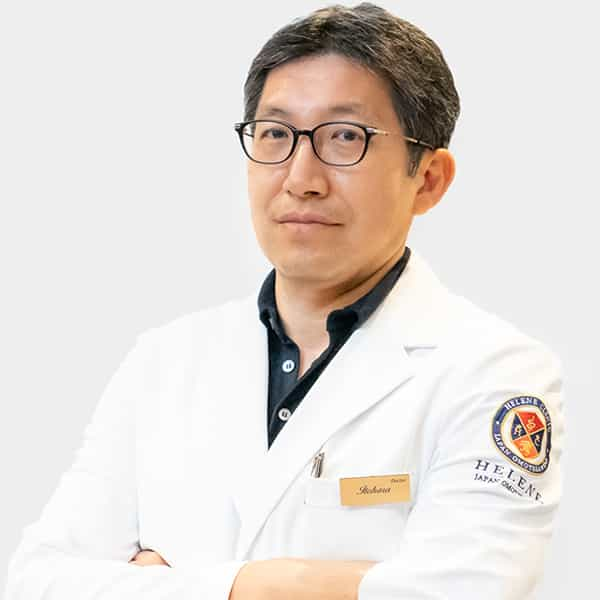
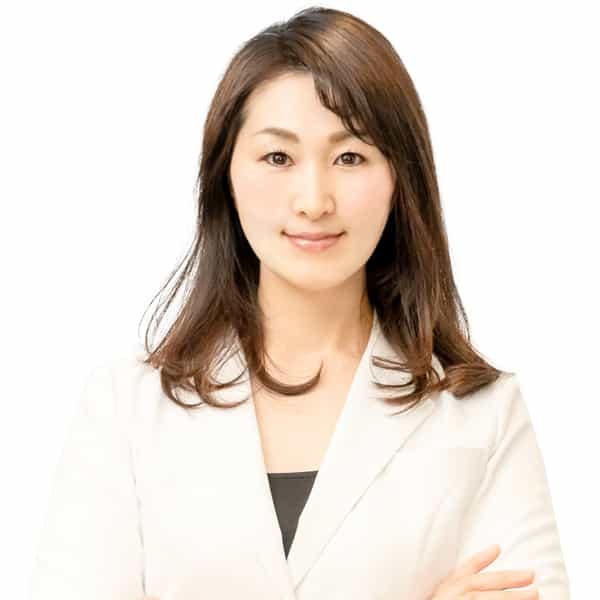
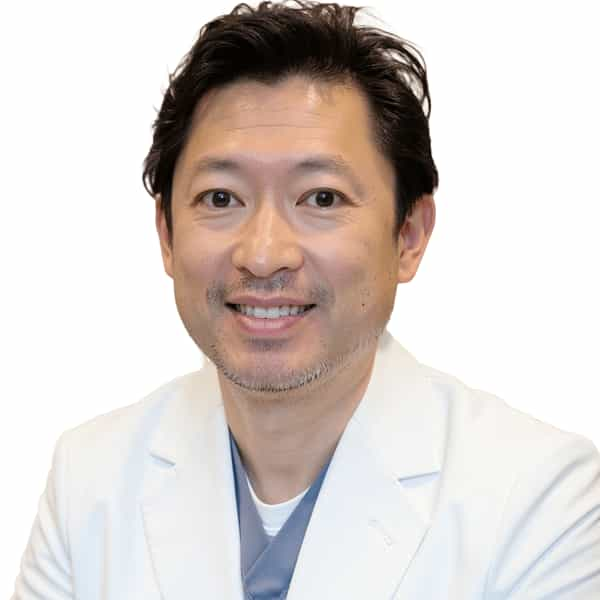
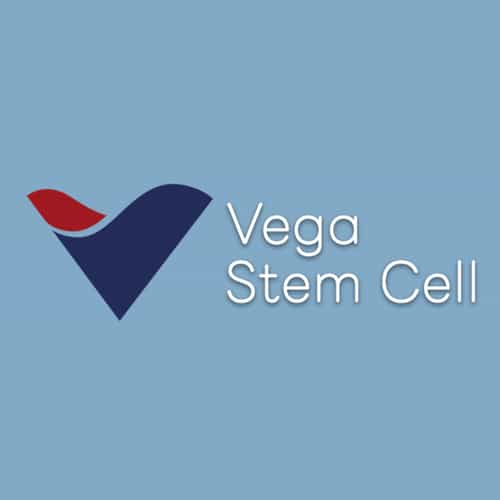
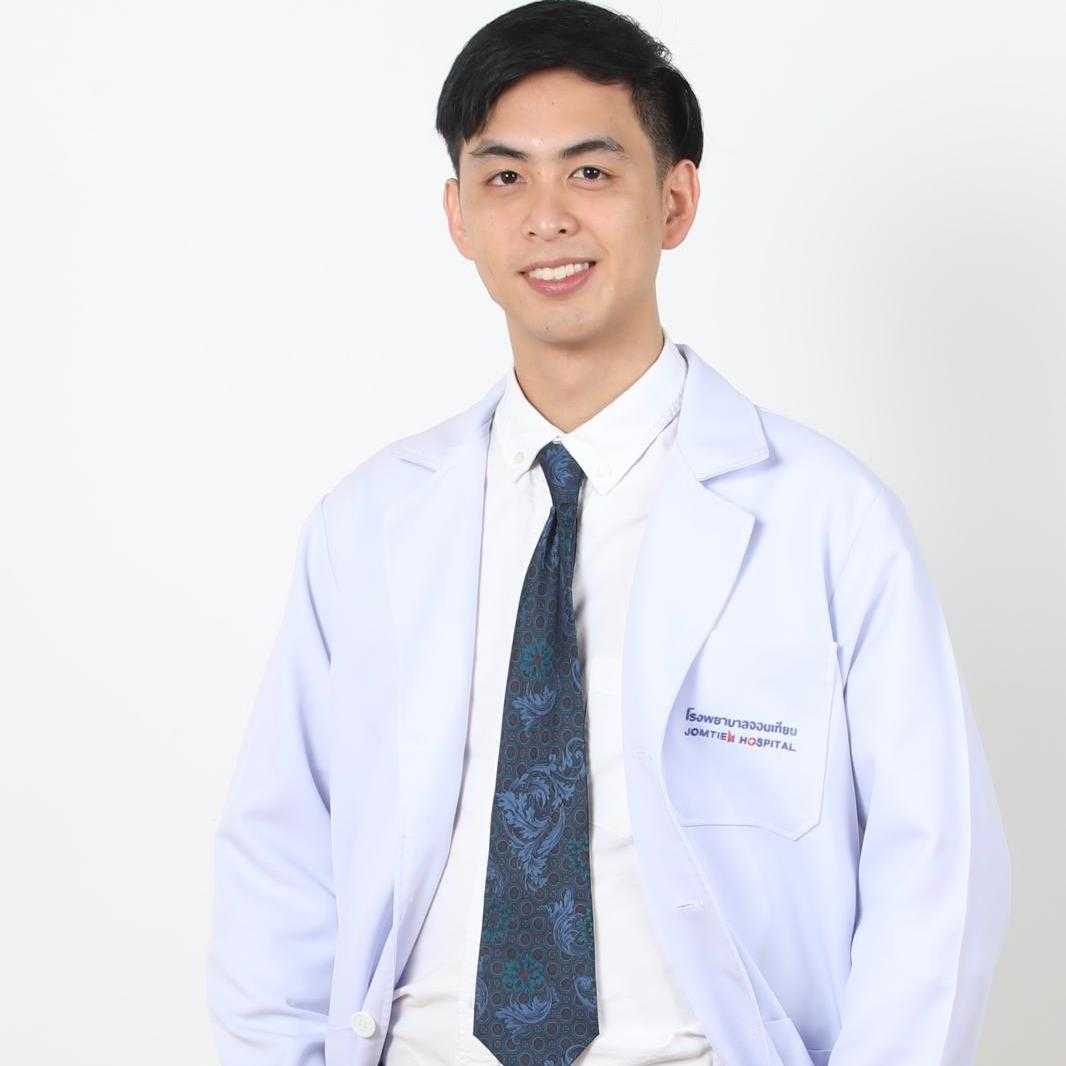
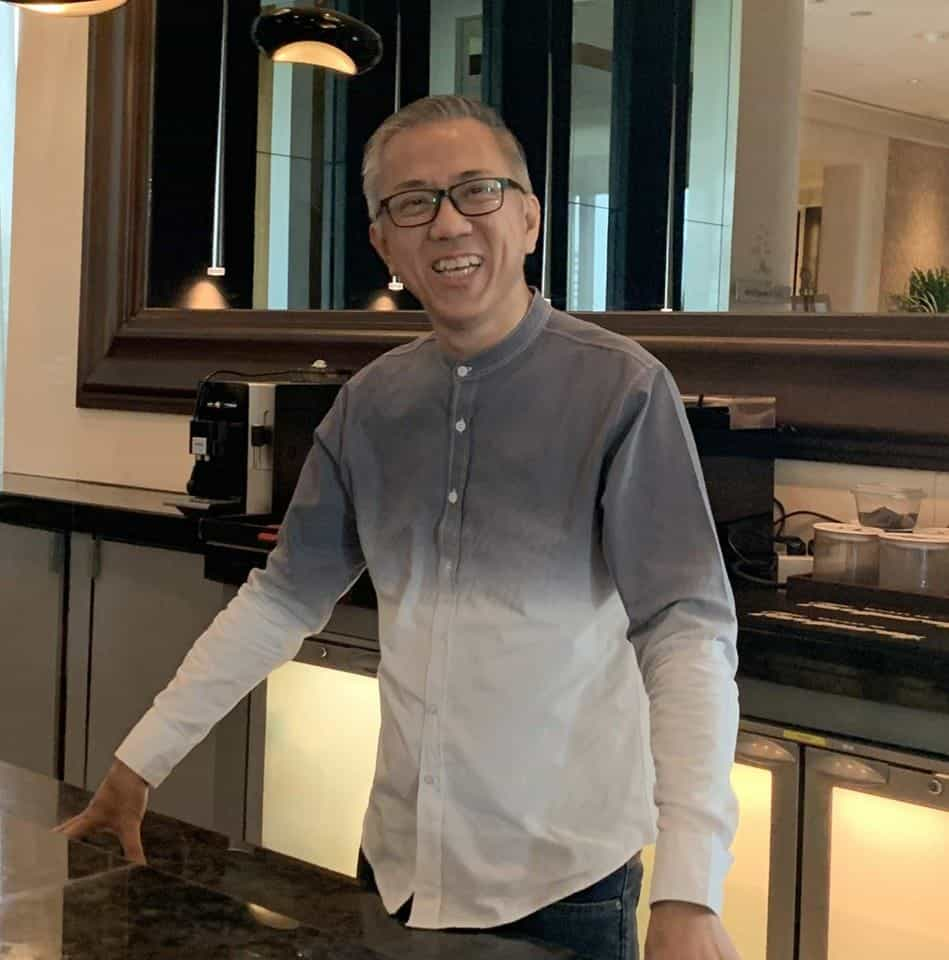
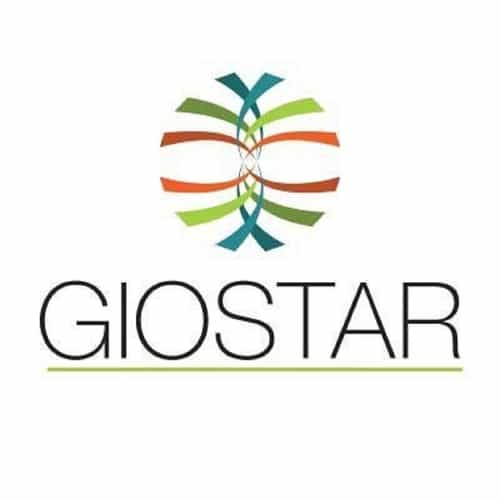


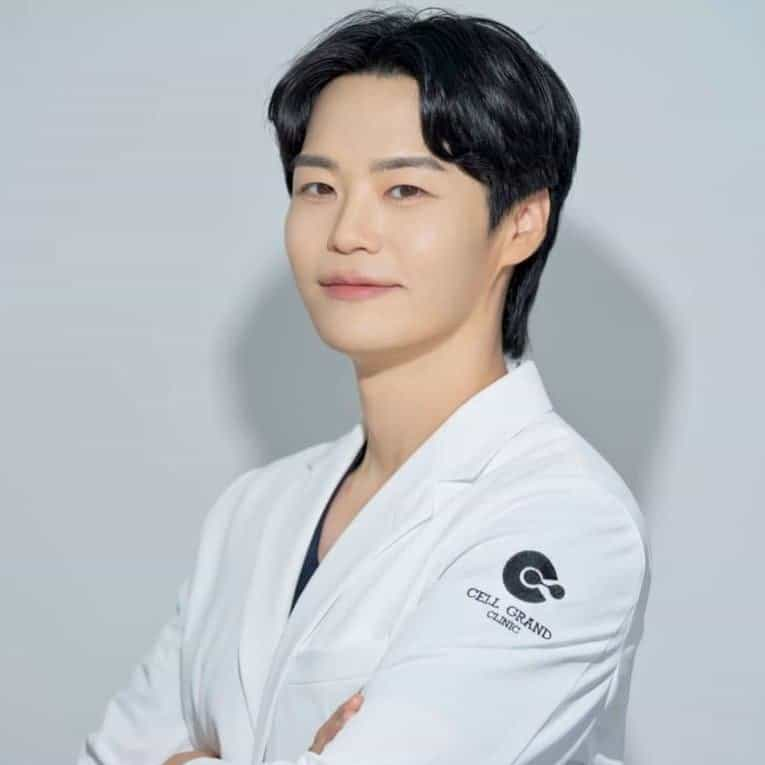


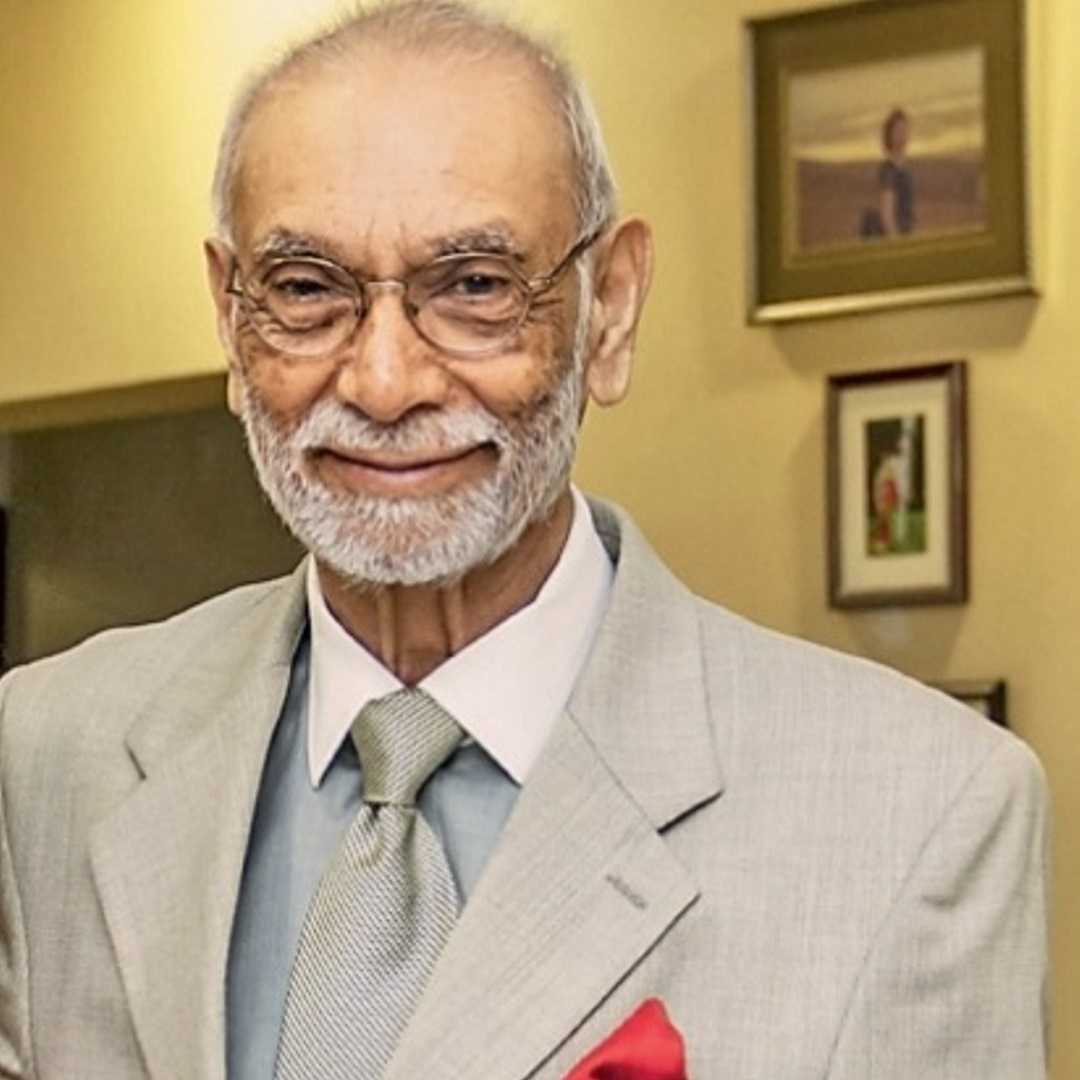
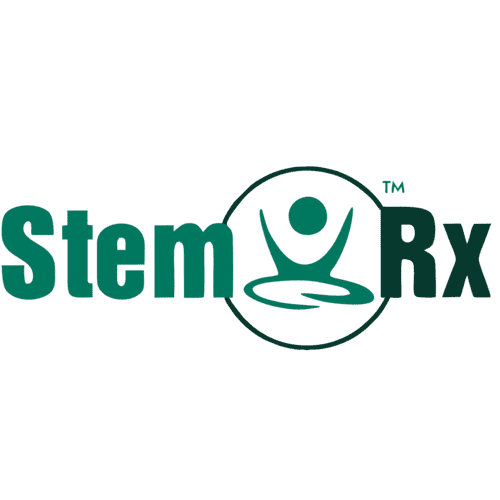



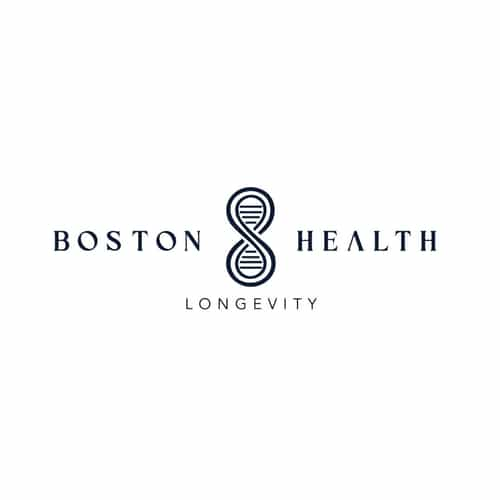



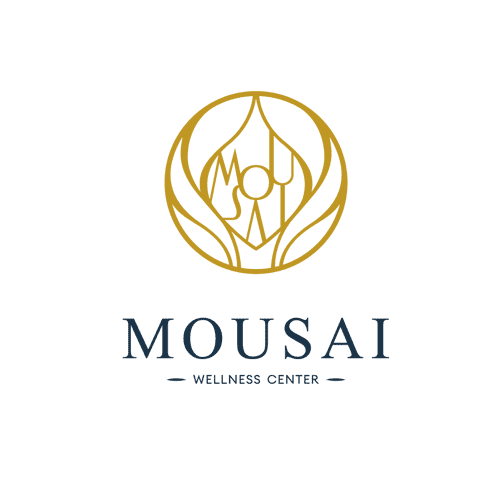
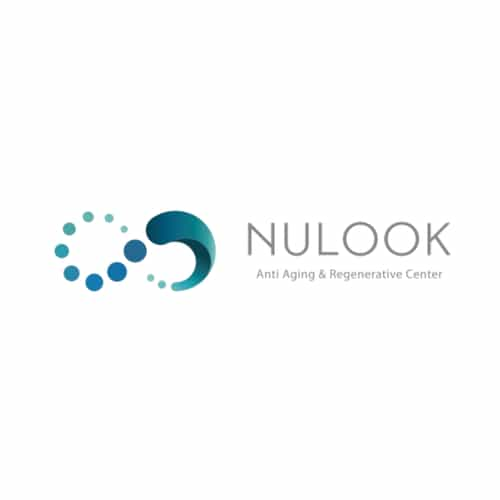


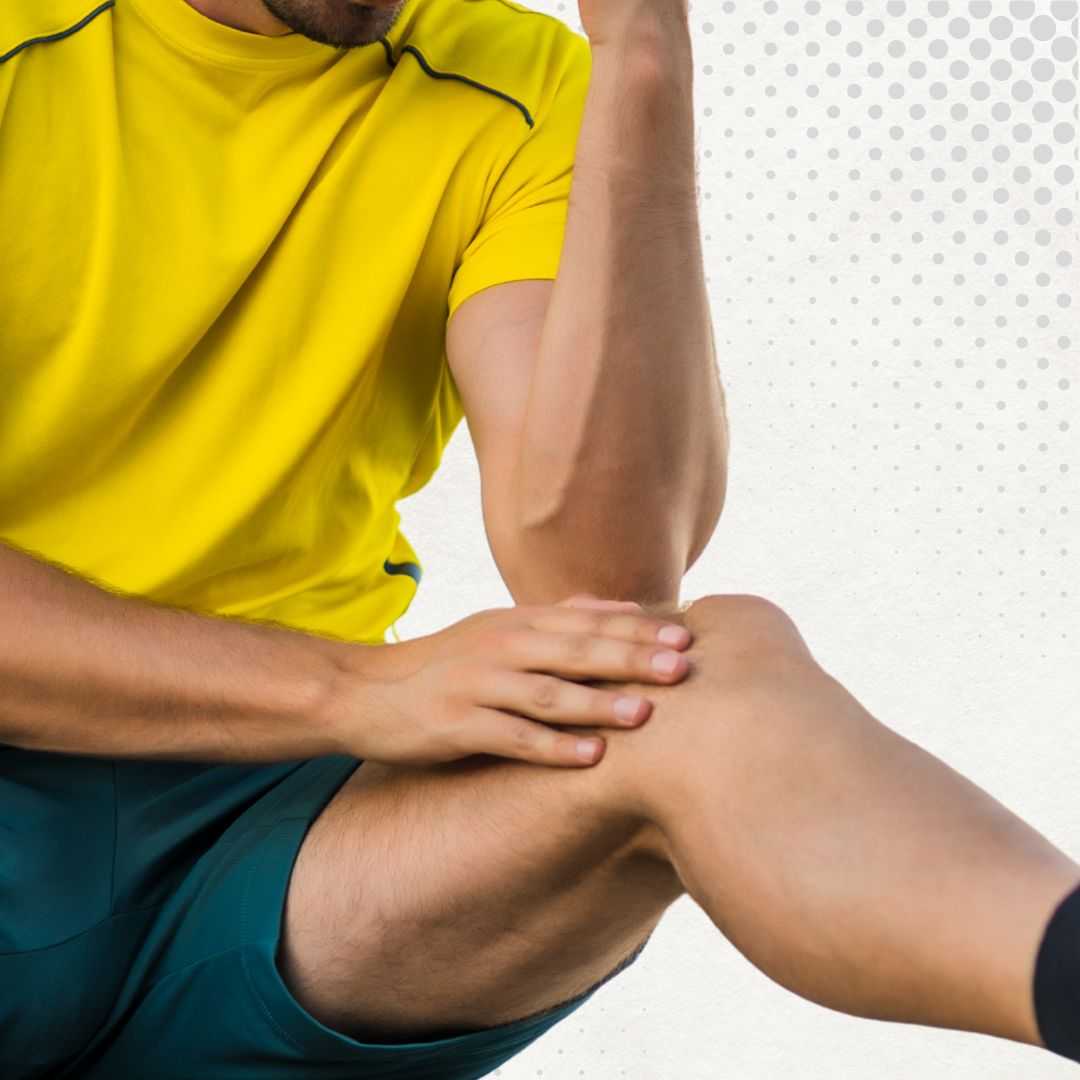
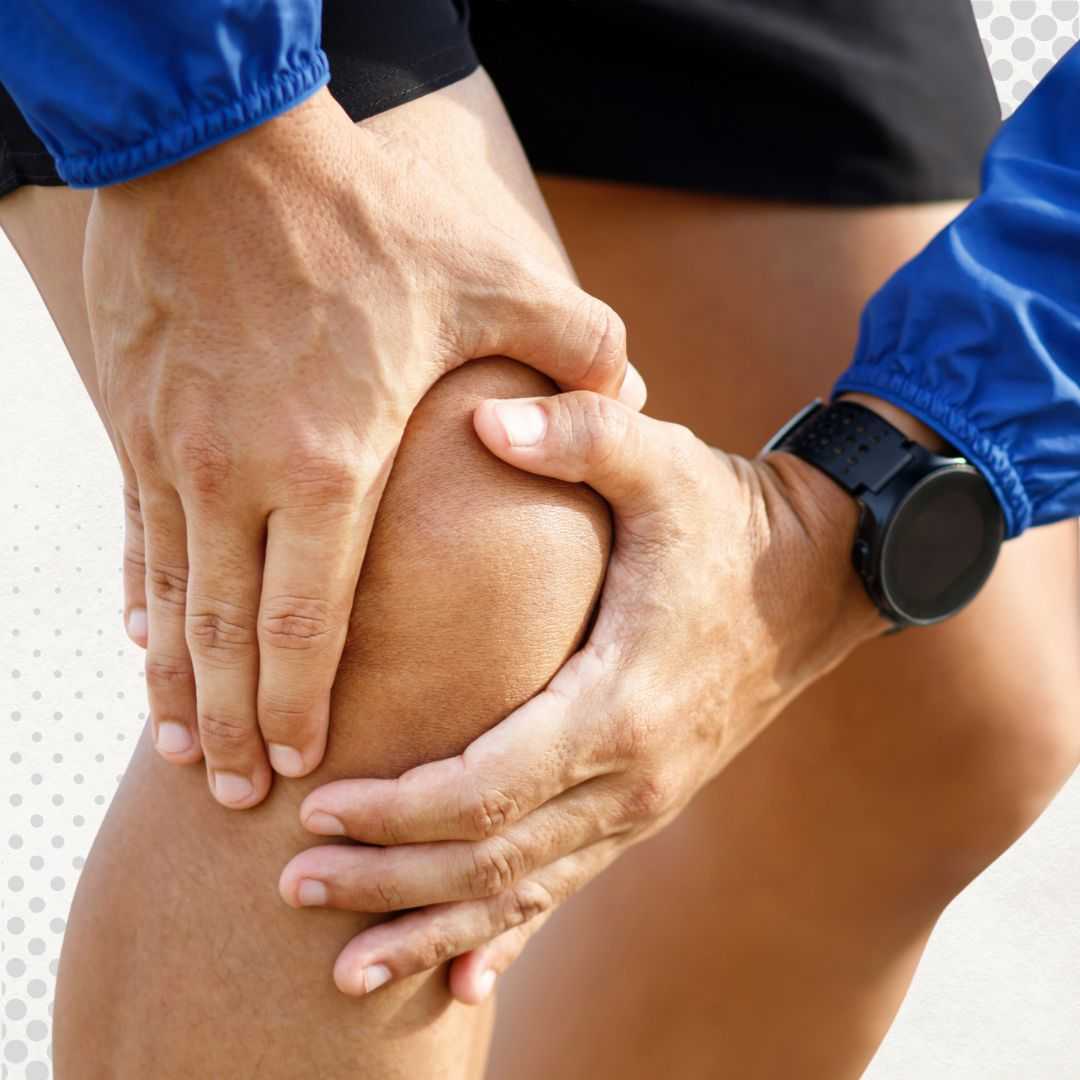
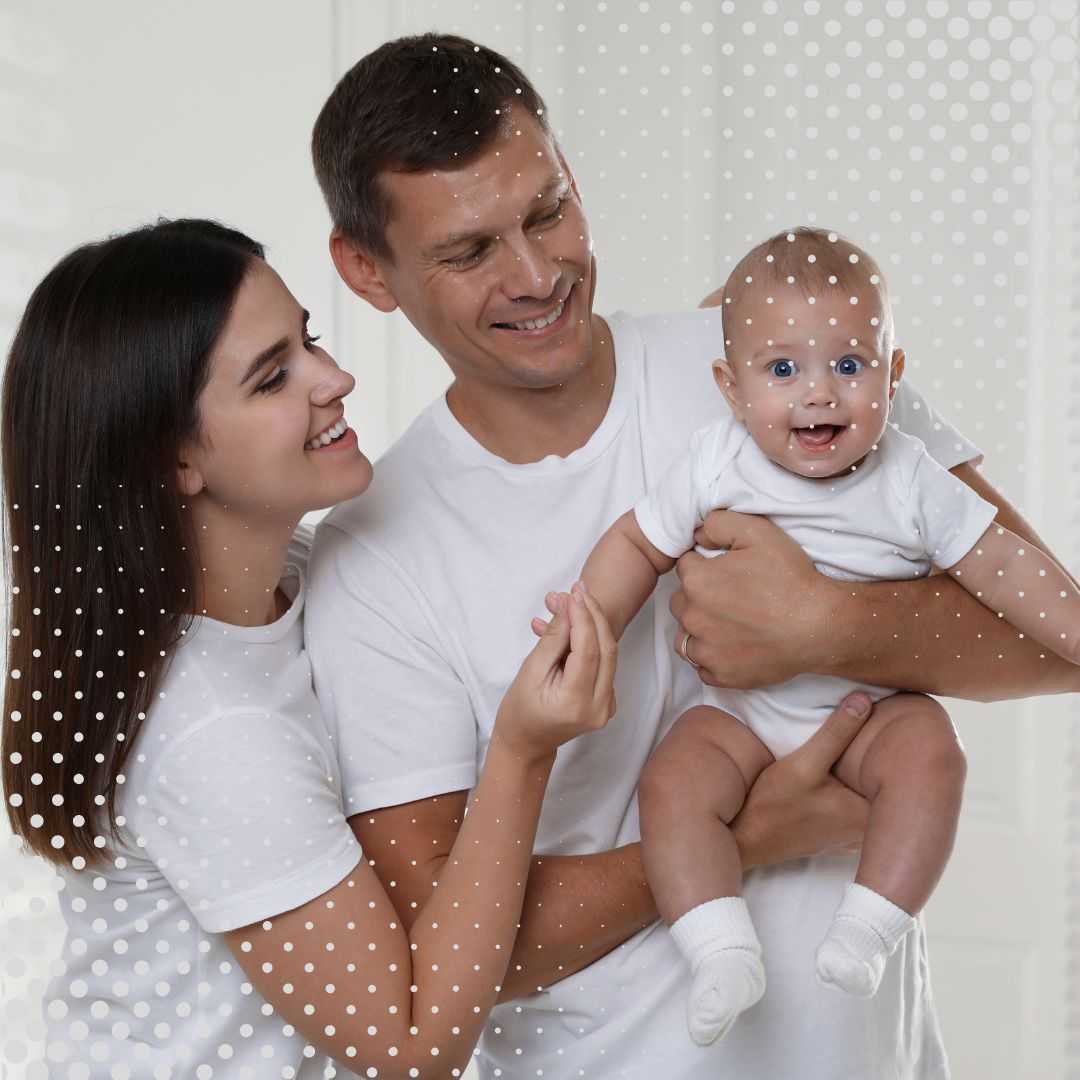

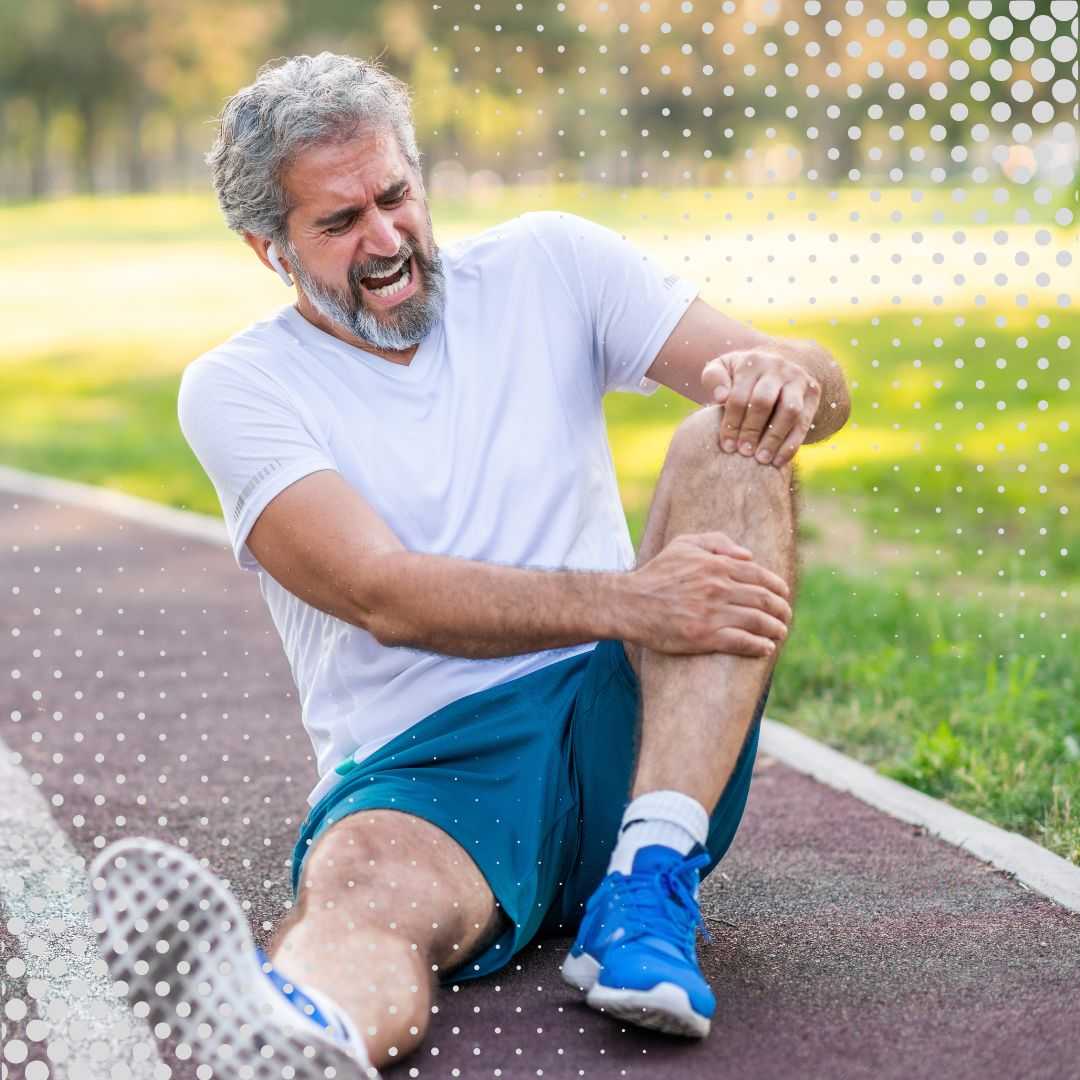
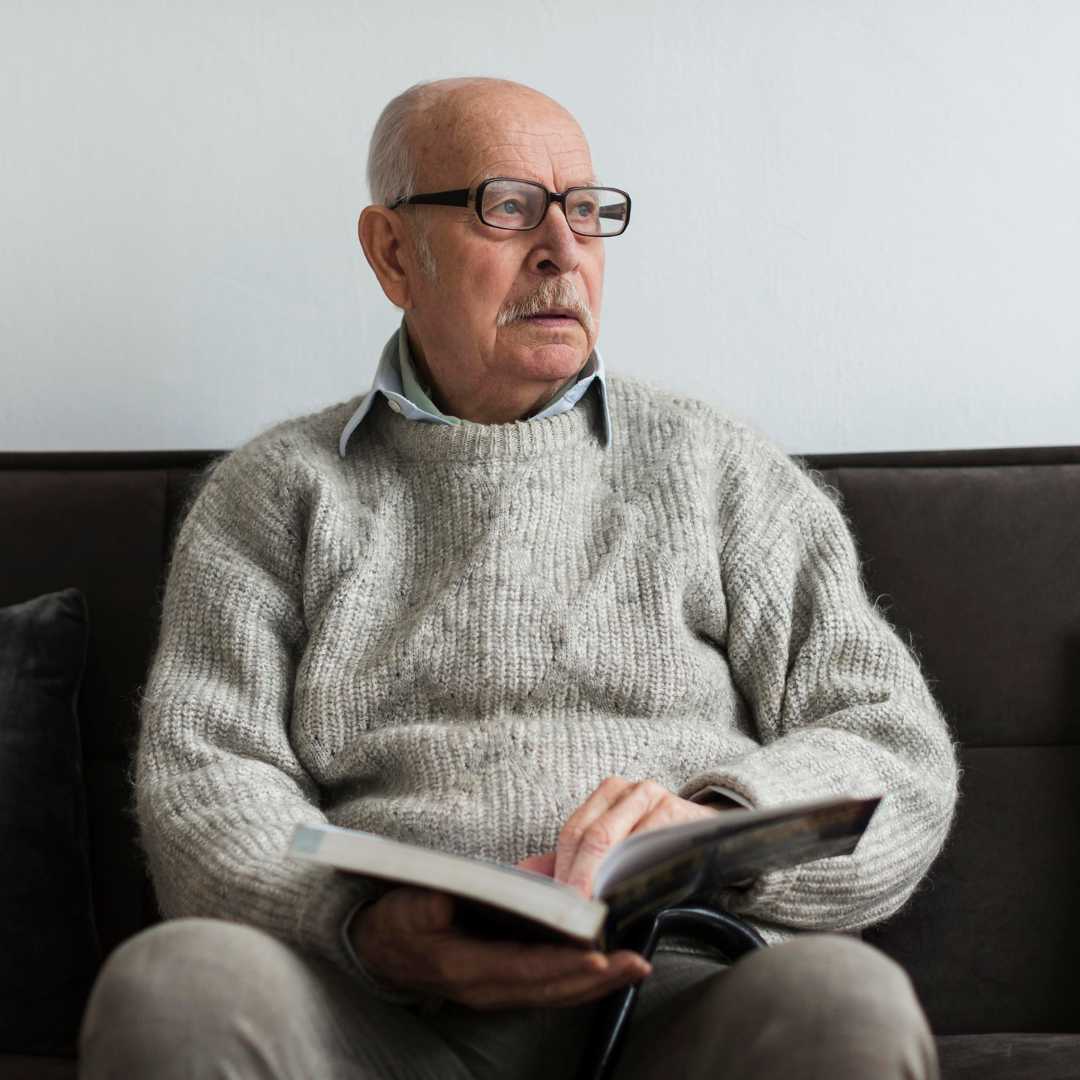

A year ago, I underwent stem cell therapy here. The entire process has been smooth, thanks to the clear explanations provided by the experienced doctor and nurse. I'm now eagerly awaiting the arrival of my first baby.
Read More